Boiling water bath canning is a process for preserving high acid or acidulated food in jars. What does this mean exactly? In this post, we will cover everything you need to know about hot water bath canning and how you do it.
Table of Contents
Water Bath Canning Basics
Preserving food in jars is a great way to extend the season. Hot water bath canning is a means of preserving high acid or acidulated foods, these fall into the following groups:
- Jams, Jellies, Conserves
- Pickles, Chutneys, Relish
You will notice that hot water bath canning doesn’t preserve whole fruits or vegetables on their own. This is because whole fruits and vegetables are not always acidic enough to prevent spoilage in a jar over the long term.
Hot water bath canning seals the contents of a jar in an airtight environment, this combined with the acidity of the food is what prevents bacteria, mould and yeast from spoiling the food, even at ambient temperature. USDA recommendations on what and how to can are here.
How Hot Water Bath Canning Works
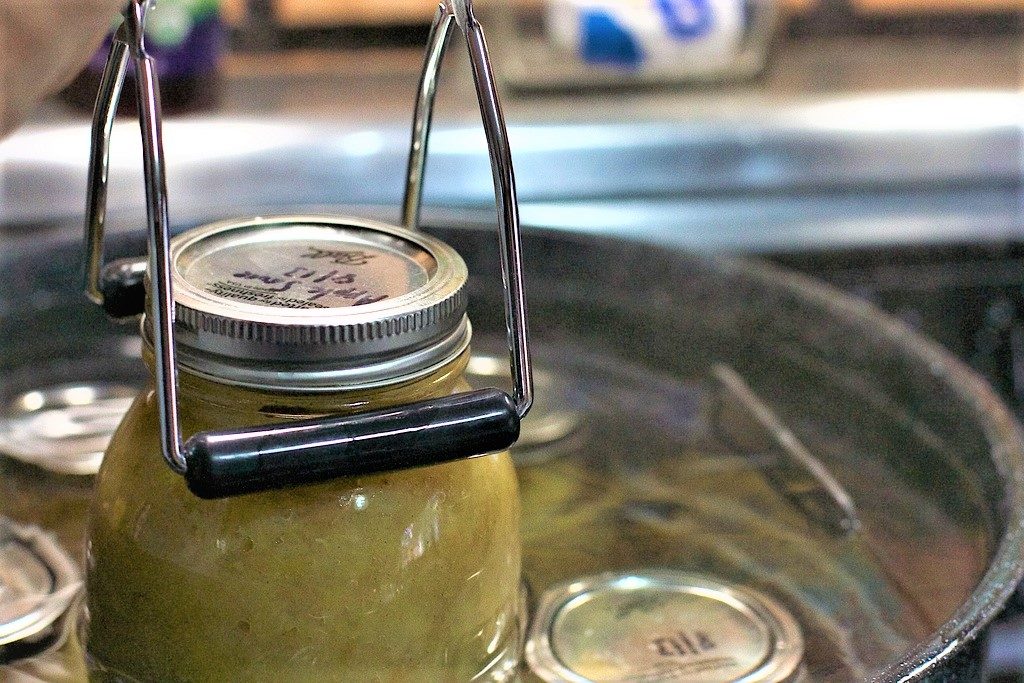
Canning jars are comprised of glass jars, flat disc-shaped lids and a screw band. These canning jars are designed in a way that allows them to be processed in a boiling water bath, here is what happens.
Jars are packed with pickles or jams that are then sealed with the lids and bands so they are just loosely tight.
The jars are then submerged completely in a hot water bath that is then heated to boiling.
After enough time, usually around 10 – 20 minutes, the jars and contents reach 100°C / 212°F. This causes expansion in the contents of the jar pushing out the air.
After the time specified by your recipe, the jars can be lifted out and allowed to cool. The change in temperature causes a vacuum seal and the lid will ping as it contracts on the jar.
The combination of an acidic environment and a completely airtight and oxygen-free seal means that n bacteria or microorganisms can grow and spoil the food.
What You Will Need To Start Hot Water Canning
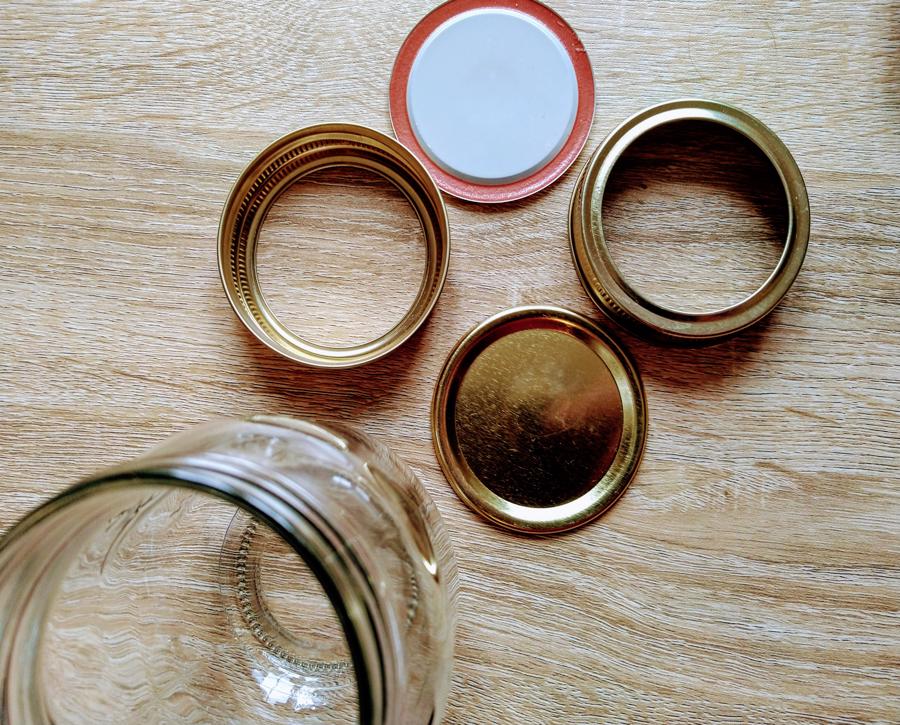
Canning is really simple and you only need a few pieces of equipment to get started.
- Hot water canner or large deep stockpot with a lid and wire rack in the bottom
- Glass jars with bands and lids
- Jar funnel
- Jar lifter
- Trusted preserve recipe suitable for hot water bath canning
Step by Step Hot Water Canning Instructions
When hot water canning it is important to clean and sterilise the jars. This can be done either with these instructions or by placing the jars and lids in the hot water bath, filled with boiling water. The bands should be clean and can be left at room temperature.
Step 1: Take sterilised and still hot jars and fill with the preserve using a jar funnel if you have one.
Step 2: Check the headspace according to your recipe (usually between 1/4 – 1/2 inch) and knock any bubbles out of the preserve by tapping the jar on the counter or with a skewer.
Step 3: Clean the rim of the jar and seal the jar with a lid and band. Screw the band on so it is just fingertip tight.
Step 4: Place the jars onto the rack and lower into the water bath. Ensure the lids are covered by the water by at least 1 – 2 inches. Place the lid onto the canner and bring to a boil.
Step 5: Once the canner is at a full rolling boil start a timer and process the jars for the time specified in your recipe (usually around 10 – 30 minutes depending on the contents being canned). Maintain a full boil throughout and then remove from the heat.
Step 6: Remove the lid from the canner and leave to stand for 5 minutes. After 5 minutes lift the jars out with a jar lifter and place carefully on a towel on the counter. Allow to cool completely for around 12 – 24 hours.
Step 7: After 24 hours you can check the seals. The lids should not flex when pressed and you can remove the bands. Try to pry the lids with a fingertip and if you cannot remove the seal is good. The jars can be cleaned if necessary and labelled, store them in a cool, dark place for up to a year.
What Can You Preserve With A Boiling Water Bath Canner

The thing to remember with hot water canning is the food you are preserving needs to be acidic or acidulated to prevent spoilage. If in doubt, always use a trusted recipe.
Typically, foods suitable for hot water canning need to have a pH below 4.6
Many vegetables and even some fruits are not below 4.6 pH so they need to be pickled with an acid such as vinegar before being safe to hot water bath can.
The following types of preserve and typically suitable for hot water canning, just make sure you follow a trusted recipe:
- Fruit-based Jam, Jellies, Preserve
- Fruit Butter, Spreads, Syrups
- Vinegar or acid-based Chutney, Relish, Salsa & Sauces
- Vinegar or acid-based Pickles
What Is Pressure Canning?
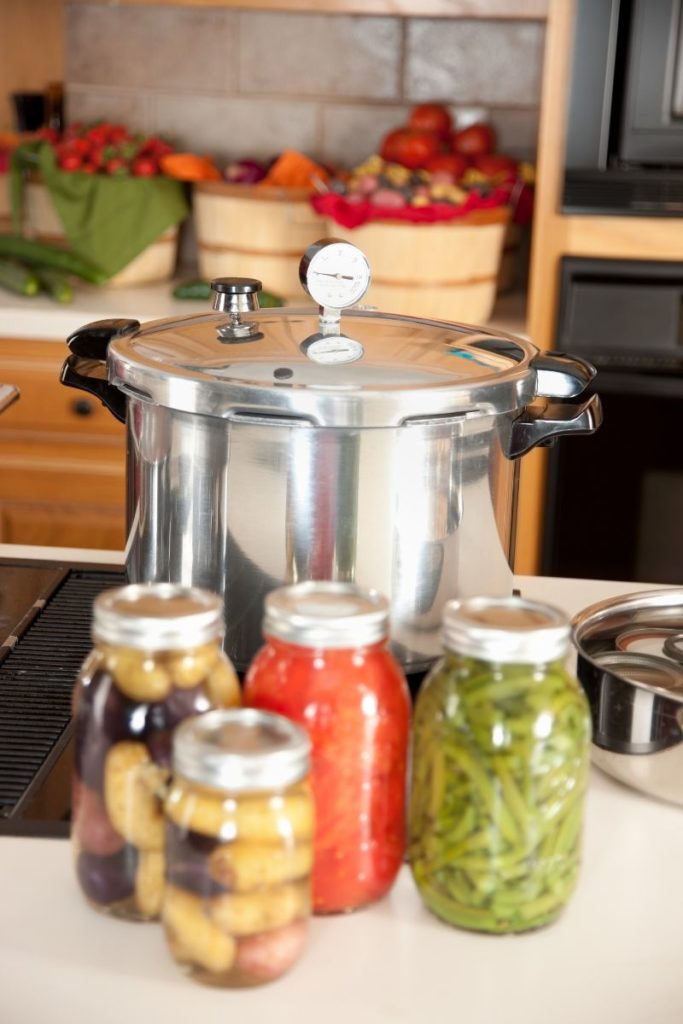
Pressure canning is similar to hot water canning. It allows foods that are lower in acid to be preserved using a special piece of equipment called a pressure canner.
A pressure canner is a special type of canner that seals completely. When heated up the temperature inside a pressure canner reaches higher than a normal boiling point.
A pressure canner can reach up to 115°C / 240°F or more.
This guide will explain the differences between water bath canning vs. pressure canning.
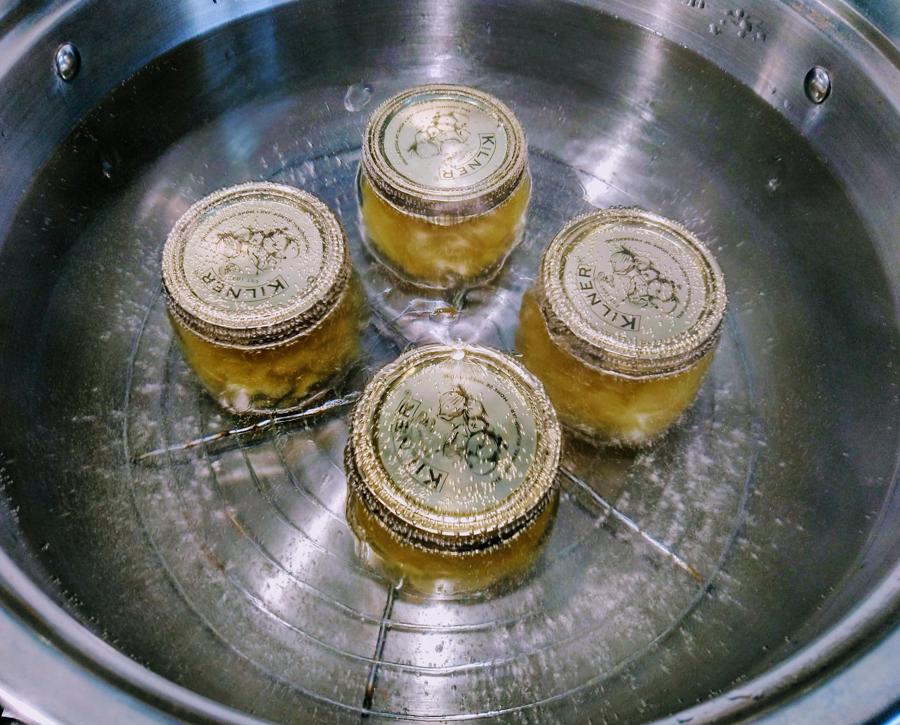
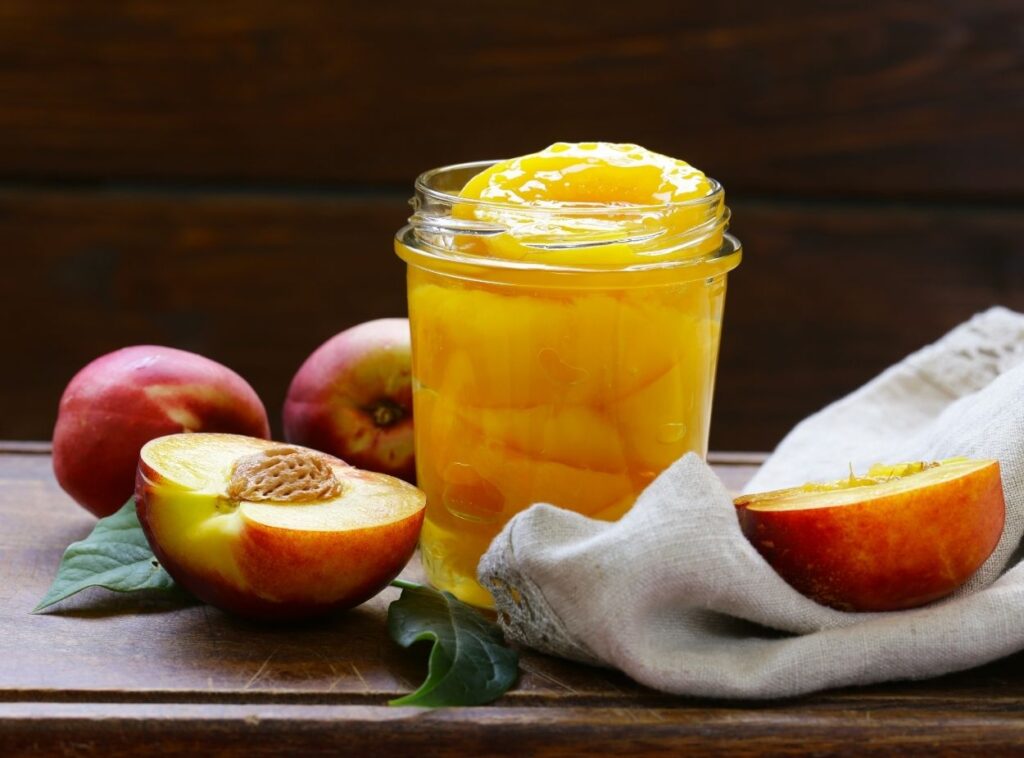
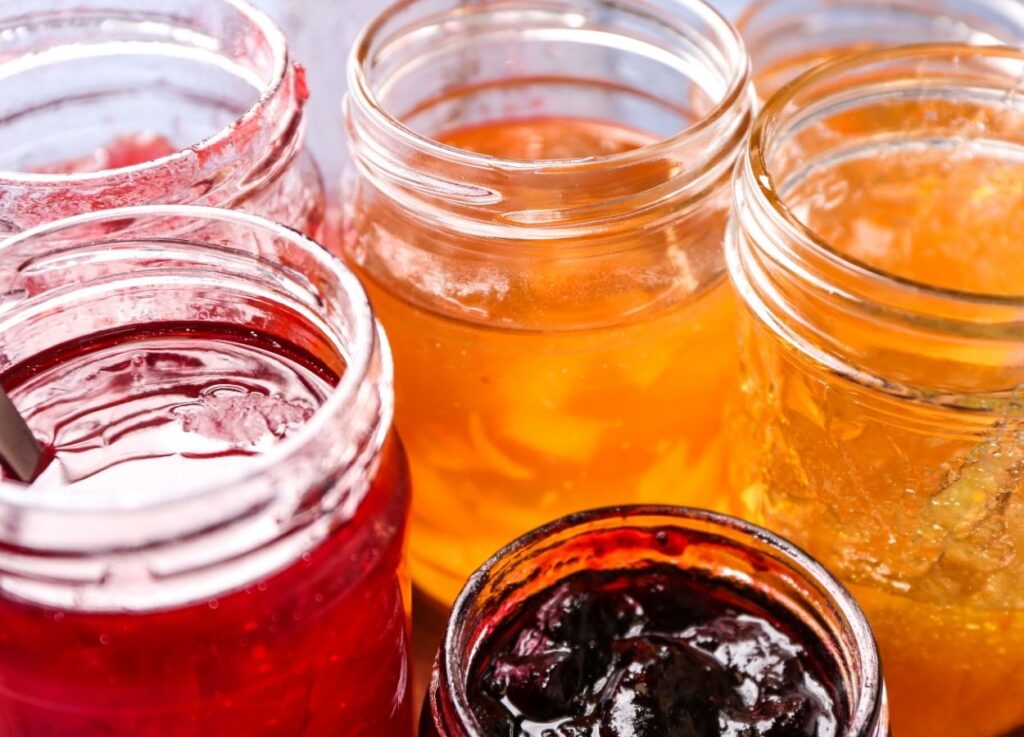
Pingback: Pickled Celeriac Recipe - Punchy & Aromatic - Preserve & Pickle